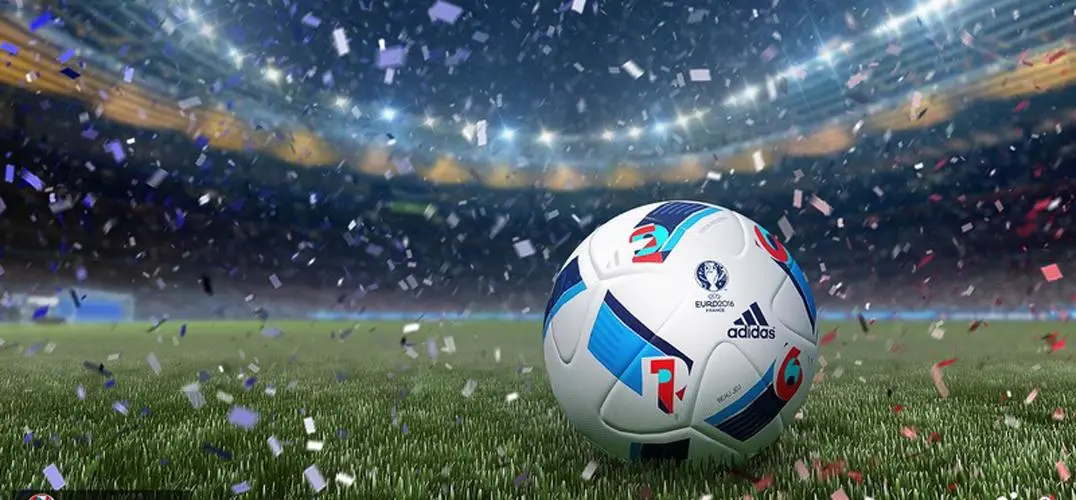九游体育官网:足球比赛犯规规则介绍英文
Introducing the Rules of Football Fouls
Football, also known as soccer, is one of the most popular sports in the world. The game is all about skill, strategy, and fair play. However, like any other sport, it has its own set of rules and regulations that must be followed. One crucial aspect of these rules is fouls – actions that are deemed illegal and result in penalties. In this article, we will introduce you to the fouls in football and their consequences.
Direct Free Kicks九游体育
Direct free kicks are awarded to the opposing team when a foul occurs. Here are some common fouls that result in a direct free kick:
- Tripping an opponent
- Pushing or holding an opponent
- Charging at an opponent in a dangerous nner
- Striking or attempting to strike an opponent
- Spitting at an opponent
Indirect Free Kicks
Indirect free kicks are awarded when a less severe foul is committed. The important distinction is that the ball must touch another player before a goal can be scored from an indirect free kick. Some examples of fouls that result in an indirect free kick include:
- Obstructing an opponent's movement
- Dangerous play
- Impeding the progress of an opponent
- Playing in a dangerous nner
- Deliberate wasting time

Yellow and Red Cards
Yellow and red cards are shown by the referee to players who commit serious fouls or repeated offenses. Here is what each card signifies:
- Yellow Card: A warning for a first offense or for persistent misconductNineGame Sports. Two yellow cards in a tch result in a red card.
- Red Card: Immediate ejection from the game for a serious offense. A team playing with fewer than 11 players due to red cards y face additional penalties.
Conclusion
Fouls are an essential part of football. They ensure fair play and intain the integrity of the game. Understanding the different types of fouls and their consequences is crucial for players, coaches, and fans alike. By upholding the rules and spirit of the game, football reins an exciting and enjoyable sport for all.
